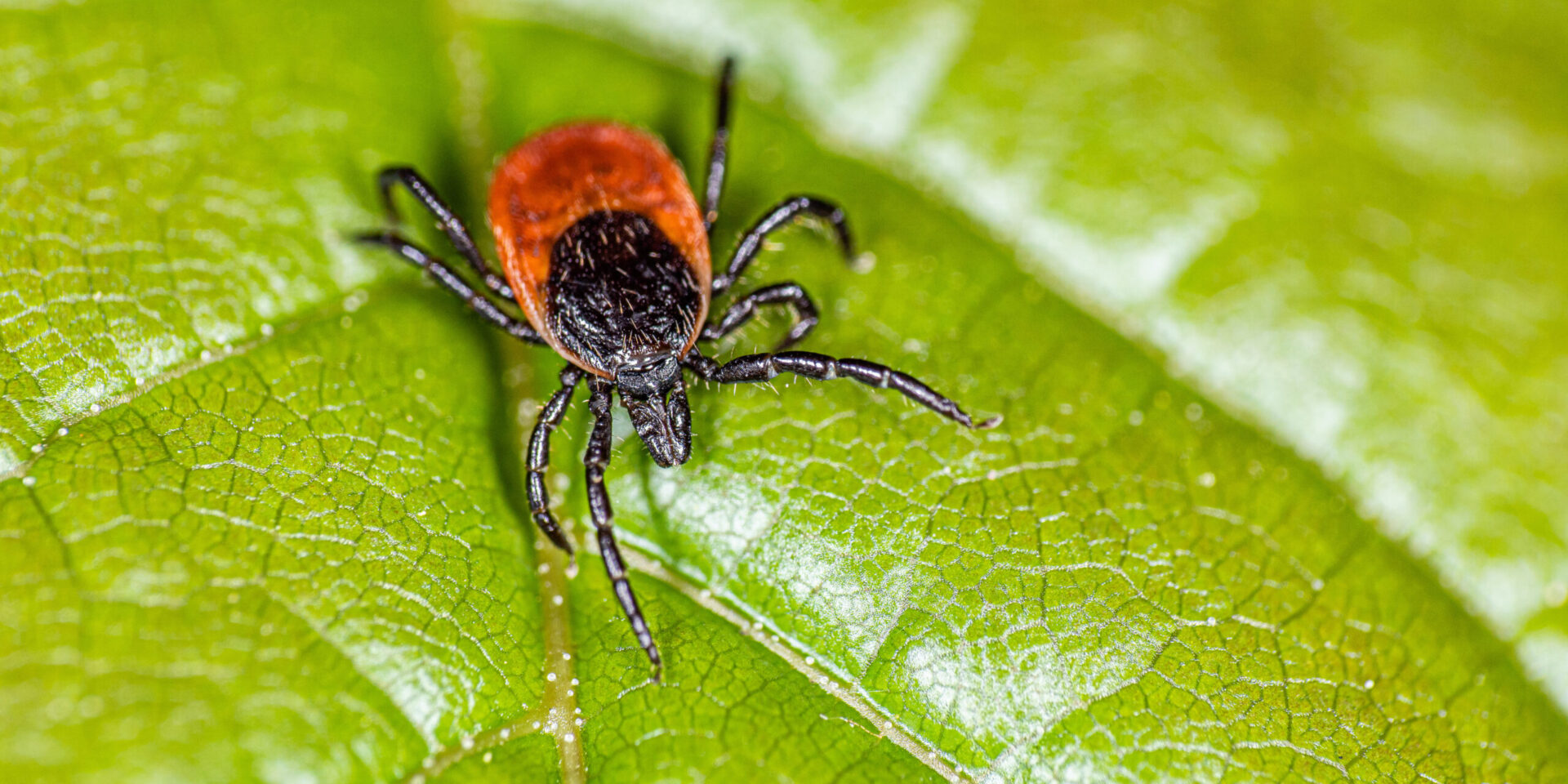Outdoor workers are at high risk for encountering ticks and contracting tick-borne diseases (TBDs) due to their prolonged exposure to tick habitats. Forestry workers are especially vulnerable to TBDs as a direct result of their work environments. Because the Northeast region has the highest incidence of TBDs in the country and timber is an important part of the economy, we consider the risk of TBDs to foresters a pressing concern.
In 2020-2021, Dr. Amanda Roome, a researcher at NEC who specializes in tick-borne diseases, facilitated a study at the Northeast Center that compared blood tests for TBDs between foresters, firefighters/first responders, and indoor/healthcare workers in the Central and Hudson River Valley regions of New York State. The last study examining seroprevalence in outdoor workers in the US was in the 1990s, and since then, tick-borne disease incidences in the Northeast have only increased. The study included 256 participants: 105 forestry workers, 101 firefighters, and 50 indoor/healthcare workers. The participants completed surveys that included questions about TBD knowledge, exposures, and personal use of preventatives. We then collected blood samples that were tested for four tick-borne disease antibodies, including Lyme disease, Anaplasmosis, Babesiosis, and Ehrlichiosis.
While our results showed a higher prevalence of TBDs in forestry workers compared to firefighters and healthcare workers, the numbers weren’t as high as expected. 15% of foresters had any of the tested TBDs, and 8% and 3% of firefighters and healthcare workers had any TBD, respectively. Forestry workers were also more likely to report a prior tick-borne disease diagnosis. These percentages were much lower than several other similar studies conducted in Europe. One study in Poland discovered that almost 30% of the foresters in their group had a TBD. In our case, a factor that may have contributed to the lower percentages in foresters was the demographics of those who participated. The forester sample population included both New York State Department of Environmental Conservation (DEC) foresters and private forestry workers, with the majority being DEC workers. Within the last few years, the DEC has encouraged using permethrin-treated clothing and other tick-prevention methods for their employees. This may have reduced the DEC forestry workers’ exposure to ticks. If this did contribute to a lower number of TBDs in foresters, it proves how important and effective tick prevention methods are.
While not entirely expected, this study’s findings will contribute to further research on the risks of TBDs for outdoor workers in the Northeastern US. Currently, the blood samples from this study are being retested for other vector-borne diseases, with results pending.
Read Dr. Amanda Roome’s paper on tick-borne disease seroprevalence in foresters here:
“Tick magnets: The occupational risk of tick‐borne disease exposure in forestry workers in New York” https://www.ncbi.nlm.nih.gov/pmc/articles/PMC8864501/


